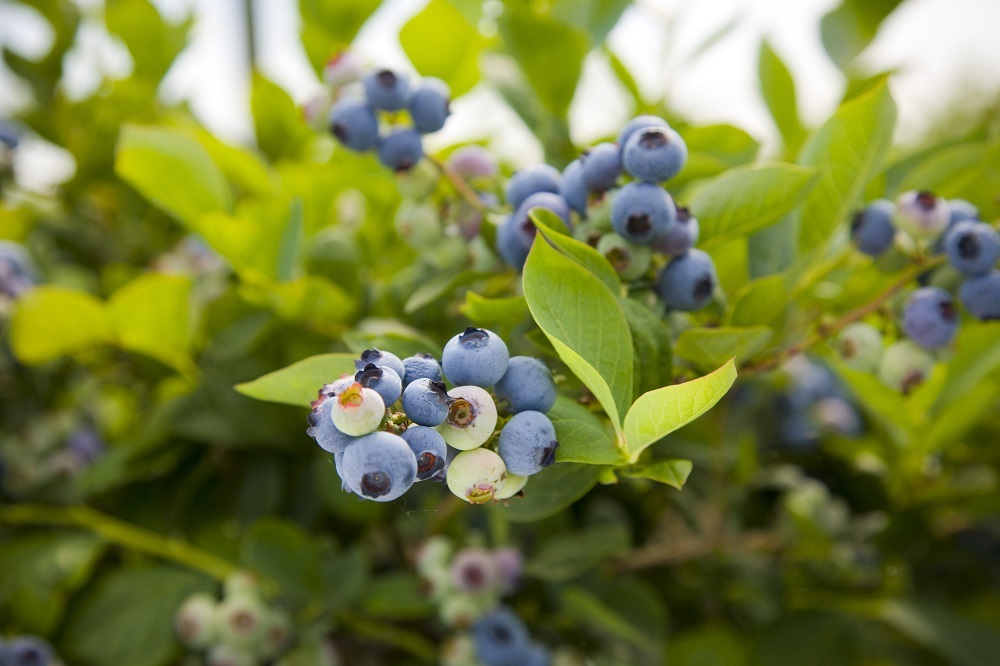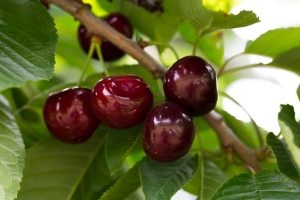Argentine blueberry, cherry sectors on the hunt for new Asian market openings

Representatives from Argentina's fresh produce export sector are starting to see the fruits of a new market development policy adopted by president Mauricio Macri, with countries such as China and Japan on track to allowing access for blueberries and cherries.
However, a Chinese protocol for blueberries from Northwest Argentina has taken longer than expected. Following a visit from Chinese inspectors in 2015, it was thought the deal would be finalized by the end of 2016 yet growers are still waiting on the green light.
Macri will be undertaking an Asian tour next month, and exporters hope this will be the cherry on the cake for sealing new deals.
Argentinean Blueberry Committee (ABC) president Carlos Stabile told Fresh Fruit Portal about a recent meeting with representatives of the National Agri-food Safety and Quality Service (SENASA), who discussed details of a technical visit to China and Japan to accelerate entry procedures for agricultural products.
"The products with the highest priority are blueberries and cherries. We believe that in Macri's upcoming tour between May 14-19 we will finally sign the protocol with China for blueberries.
"Although it's not 100% confirmed because we haven't received the final protocol from AQSIQ [China’s General Administration of Quality Supervision, Inspection and Quarantine], we are confident the situation could arise."
Stabile believes there are two possibilities for the types of treatments required under the upcoming protocol.
"We suppose the requisites could be methyl bromide fumigation at 15°C (59°F) as is done for the U.S., or with cold treatment," he said.
If the protocol is prepared by May, Stabile thinks everything will be ready for test trial exports next season.
"There would be an inspection at the start of the harvest in September so that inspectors from AQSIQ verify all the requested measures in the field and afterwards we'd start sending fruit from Salta, Tucumán and Concordia.
Regarding Japan, Stabile said a reopening was needed as it was one of Argentina's blueberry markets until 2010.
"We have seen that the new government has revitalized all international relations in general, but with Japan there has been a notable change and a great acceptance on their part to address issues for allowing our cherries and blueberries," he said.
"With the great supply pressures on markets that have been growing from the Southern Hemisphere with countries like Chile and Peru increasing their volumes, we Argentines are more motivated each day to open new markets."
He said while low prices had been seen for blueberries in China during 2016-17, he believed it was just an issue of "adjustment and adaptation".
"China is a medium to long-term bet. It's still not a large consuming market but demand is rising and it's very healthy," he said.
Cherries on the waiting list
As is often the case in market entry applications for the Chinese market, the system works on a priority list. Once blueberries get the go-ahead from AQSIQ, Argentina's cherries will be next in line. 
Argentine Chamber of Integrated Cherry Growers (CAPCI) executive manager Aníbal Caminiti is upbeat that negotiations with China could be around the corner if the blueberry deal is signed.
"We have already made some drafts and we are waiting on the first inspection visit from AQSIQ at the end of the year. But for us it's fundamental that the blueberry protocol is completed so that we can go ahead," Caminiti said.
For Japan, the outlook is different.
"We are waiting on the visit from inspectors this season and we expect that for 2018 we'll be able to have the protocol ready [for Japan].
Caminiti said Argentina had an extended trading window which gave the country great advantages over what would be its main source of competition in China - Chile.
"We have the same season but we can start a little bit before with some early varieties in the northern regions, where we can make the most of airfreight shipments.
"Also, we finish a little bit after with our production which is in parallel to Chile Chico [in Patagonia], and from there it's logical that transport will be by seafreight and we'll be able to reach the destination until the months of March and April."












































